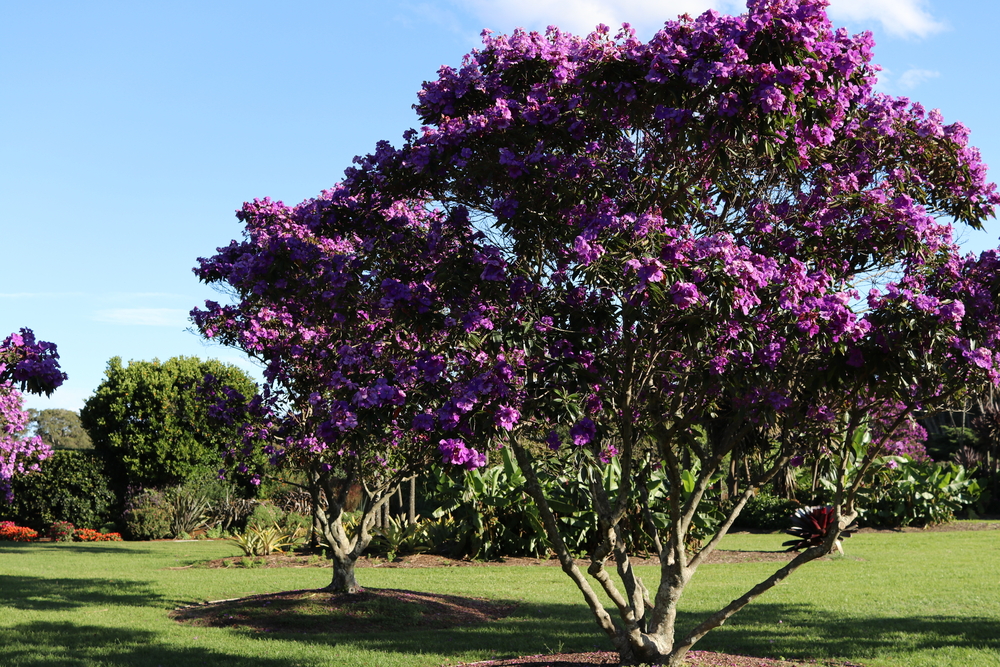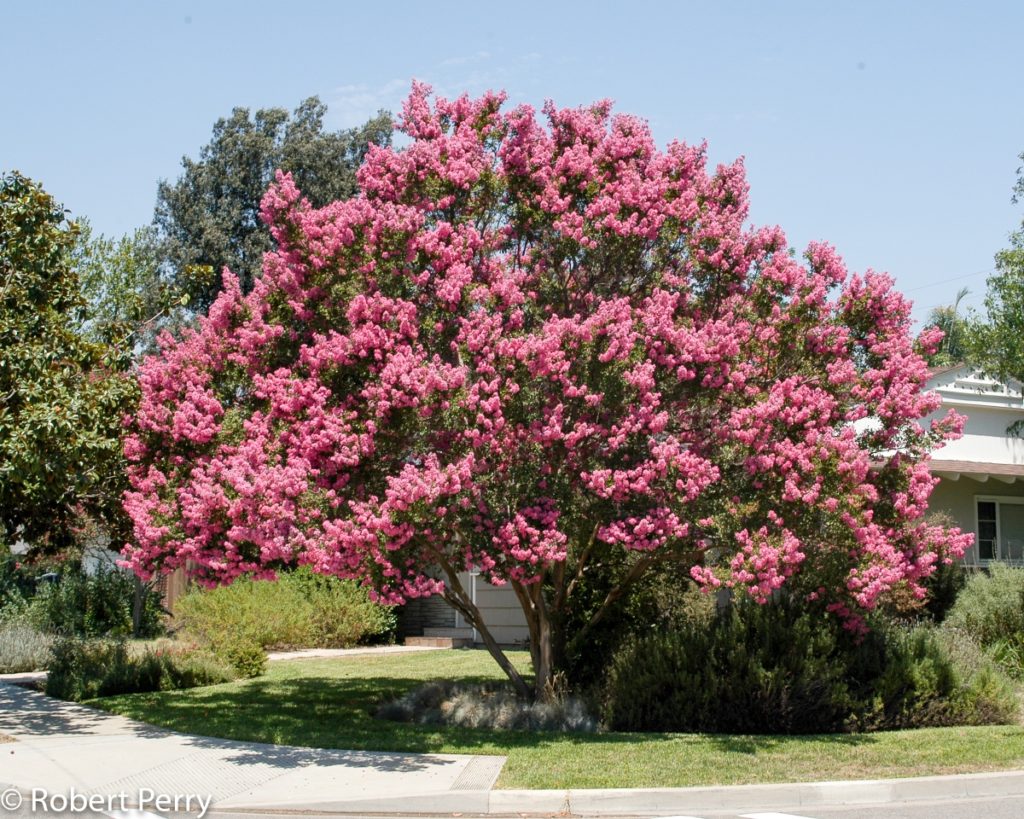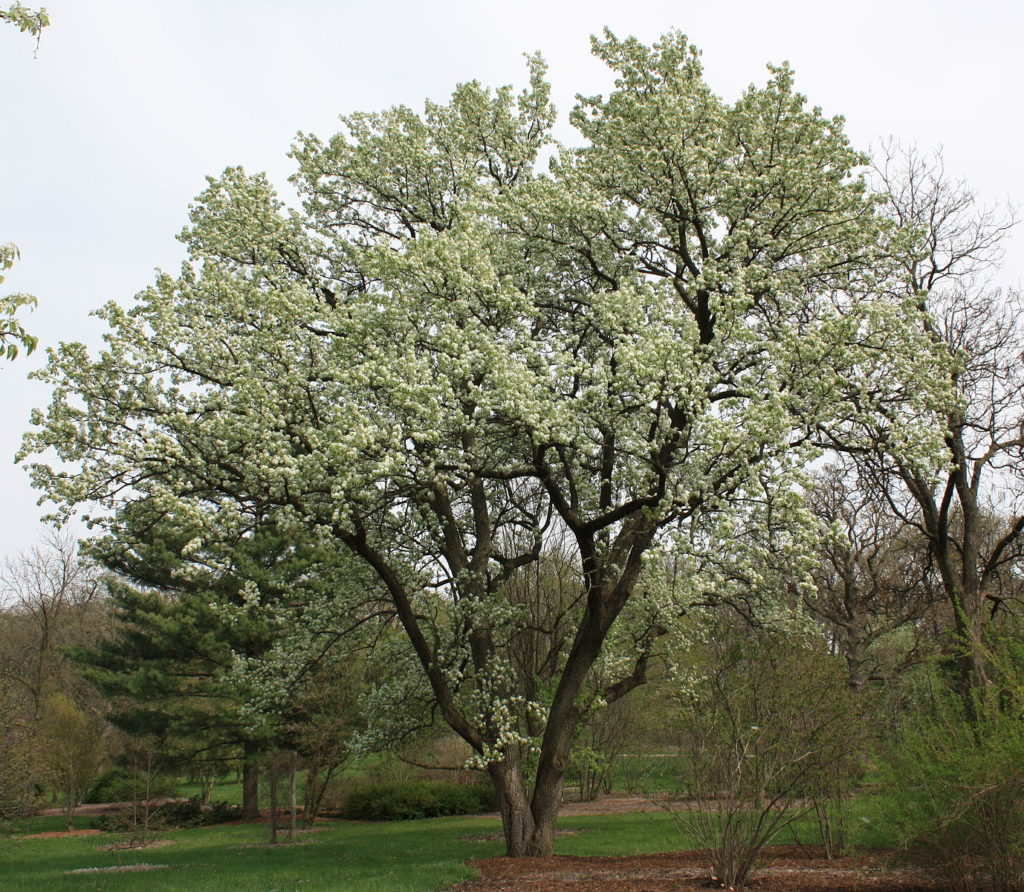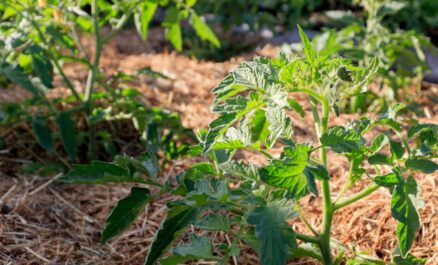5 Of The Best Trees With Small Root Systems In Australia

Australia is a wonderfully diverse country, spanning almost 4,000 kilometres from top to bottom, covering two of the earth’s climate zones. The sheer size of our country means that it’s able to host a huge variety of animals and plants, including a diverse range of trees.
If you’re looking for a suitable tree for your property, and are wanting to plant it close to your home, you’ll need to consider the root system of the tree. How close a tree can be to a house is dependent on the size of its roots—some trees have enormous, invasive root systems that can grow underneath your house’s foundation, displacing the surrounding soil and causing the house to move. They can also damage your home’s plumbing.
In this article, we’ll be exploring some of the best trees with small root systems in Australia, which you can happily plant close to your home. Each tree in our list has non invasive (small) roots, looks gorgeous, and is easy to maintain. None of the trees are native to Australia, but their seeds are all available from nurseries, and will thrive across in our country.
Here are five of the best trees to plant near a house’s foundation in Australia.
Tibouchina Lepidota (Alstonville)
Image from Pinterest
The striking purple of the Bougainvillea makes it one of Australia’s most loved trees, and while the Alstonville is less familiar, it’s a wonderful alternative for your garden. The tree is native to northwestern South America, where it’s cultivated for its explosion of purple flowers from autumn to winter. It’s relatively common in public spaces across Australia.
The Alstonville can be allowed to grow into a fully sized tree, or pruned to remain a shrub. When left to grow, it reaches between 5 to 12 metres in height, 4 to 8 metres wide, and with a trunk of roughly 0.8 metres in diameter.1 It thrives in full sunlight or partial shade, but tends to flower more profusely when planted in a sheltered area. The tree grows quickly when watered well, so you can see its dazzling purple foliage soon after planting—it’s a great way to rapidly introduce colour into new gardens. It doesn’t have a large root system, so it struggles with strong wind. If you live in a windy coastal area, this tree probably isn’t for you.
The Alstonville evergreen leaves are dark with a rounded base, and turn crimson with age. The flowers of the Alstonville are a mixture of purples—violent, mauve, and magenta—that are around 6 centimetres in diameter, with petals that extend and separate from each other. When the tree is in full bloom, the flowers cover most of its leaves, creating a gorgeous cloak of bright purple.
Lagerstroemia Indica X Fauriei Biloxi (Crepe Myrtle)
Image from Inland Valley Garden Planner
The Crepe Myrtle is native to the Indian Subcontinent, Southeast Asia, China, Korea, and Japan. As with the Alstonville, the crepe-myrtle is popular for its throng of radiant flowers, which bloom in summer and early autumn.
The Crepe Myrtle has a number of different cross-breeds within its species, but the X Fauriei Biloxi tends to grow around six metres in height, and four meters wide, making it an ideal centrepiece for smaller gardens. The tree prefers a mixture of full sun and light shade, and will easily tolerate hot, dry conditions, including the odd spell of drought.
The tree’s bark is smooth, pinkish-gray, and sheds every year. Its flowers are pink, frilly, and borne from conical panicles. They shed in late autumn, laying a luxurious carpet of pink underneath them.
The tree does require regular pruning to keep tidy, and should be watered twice a month when blooming. Sadly, to manage their size, tree loppers commonly lop away entire branches of the Crepe Myrtle—a term known as “crape murder” because of its devastating effect on the tree.
The Crepe Myrtle is also a popular nesting shrub for songbirds and wrens,2 so if you enjoy listening to the warbles, churrs, chatters and rattles of these birds, look no further.
Pyrus Calleryana “Bradford” (Callery Pear)
Image by Bruce Marlin
The Callery Pear is native to China and Vietnam, recognised for its broad dome and pure white flowers. It’s an ornamental deciduous tree that has strong vertical limbs when young, which gradually broaden with age. It’s one of the biggest trees in our selection, able to grow up to 15 metres in height, and 15 metres across, so you’ll need a larger garden for this tree. The roots, however, tend to be small and shallow. The tree’s larger size makes it a popular choice for avenues, where it provides a good amount of shade, and looks sublime.
The Callery Pear thrives in a mixture of sun and shelter, and requires deep, moist, and fertile soil to grow effectively, which it typically does at medium speed. Other than the soil requirements, the tree is low maintenance, but can be prone to limb breakage when they get older.
In autumn, the Callery Pear’s broad leaves turn a rich purple, and large clusters of creamy white flowers begin to bloom, creating a shimmering effect across the entire tree. Its fruits are small, round, and gorged on by birds, who help to distribute their seeds.
Acer Palmatum (Japanese Maple)
Image from Winter Hill
The Japanese Maple comes from the Asian continent, originally grown in Japan, Korea, China, eastern Mongolia, and southeast Russia. The tree is one of the most recognisable plants in Japanese gardens, and has become synonymous with the high art of gardening throughout Japan. It’s a compact, deciduous tree that produces various colours throughout the year, making it a favourite for landscapers.
This is one of the smallest trees in our selection, growing up to 4.5 metres tall, and just 2 metres wide. As with the other trees in this list, it prefers a mixture of sun and shade, and grows at a medium speed. The Japanese Maple will grow in most types of soil, but the optimum soil is rich, with plenty of organic material. It does require a decent amount of water to thrive, and definitely won’t do well for extended periods of drought3. As with the Callery Pear, little pruning is needed to keep the tree in top condition, although some growers like to shape the trees artistically.
The leaves of this tree are star-shaped and delicate. They’re light green in spring, intense yellow in summer, and purple/red in autumn, making this tree something of a rainbow throughout the year, and creating a sense of novelty wherever it grows. The Japanese Maple is one of the most beautiful trees for small gardens.
Acer Platanoides (Globosum)
Image from Van Den Berk Nurseries
The Globosum is a small designer maple from Norway, with a thin trunk, and plump, round foliage. It looks like a gigantic, lime-flavoured lollipop.
The tree’s dense canopy, compact growth, and low maintenance make it popular for streets. Rows of the Globosum look absolutely stunning, especially in autumn when their leaves develop a golden glow.
The tree rises to just five metres, and has a maximum width of four metres, making it a suitable tree for smaller gardens. Its dense foliage provides solid shade, so if you’re looking to create a shady area with a couple of chairs, the Globosum is ideal. The tree is able to handle most weather conditions, including heat, low levels of drought, and some air pollution. It requires a little pruning to maintain its shape, but is otherwise a low maintenance tree.
The Globosum’s leaves are star-shaped, bronze-coloured when young, and eventually turn dark green with age. In autumn, they turn a remarkable vivid gold, and after a thunderstorm, as the first few beams of light break through, the entire tree glistens like a golden lollipop. The tree develops greenish-yellow flowers in spring, which splatter it with extra colour.
So there you have it—five of the greatest trees with small root systems in Australia, each with non-invasive roots, and perfect for planting close to your house.
References
- Bob Saunders, Tibouchina lepidota Alstonville, Gardens Online
- Lagerstroemia indica, Wikipedia
- Acer palmatum, Wikipedia











